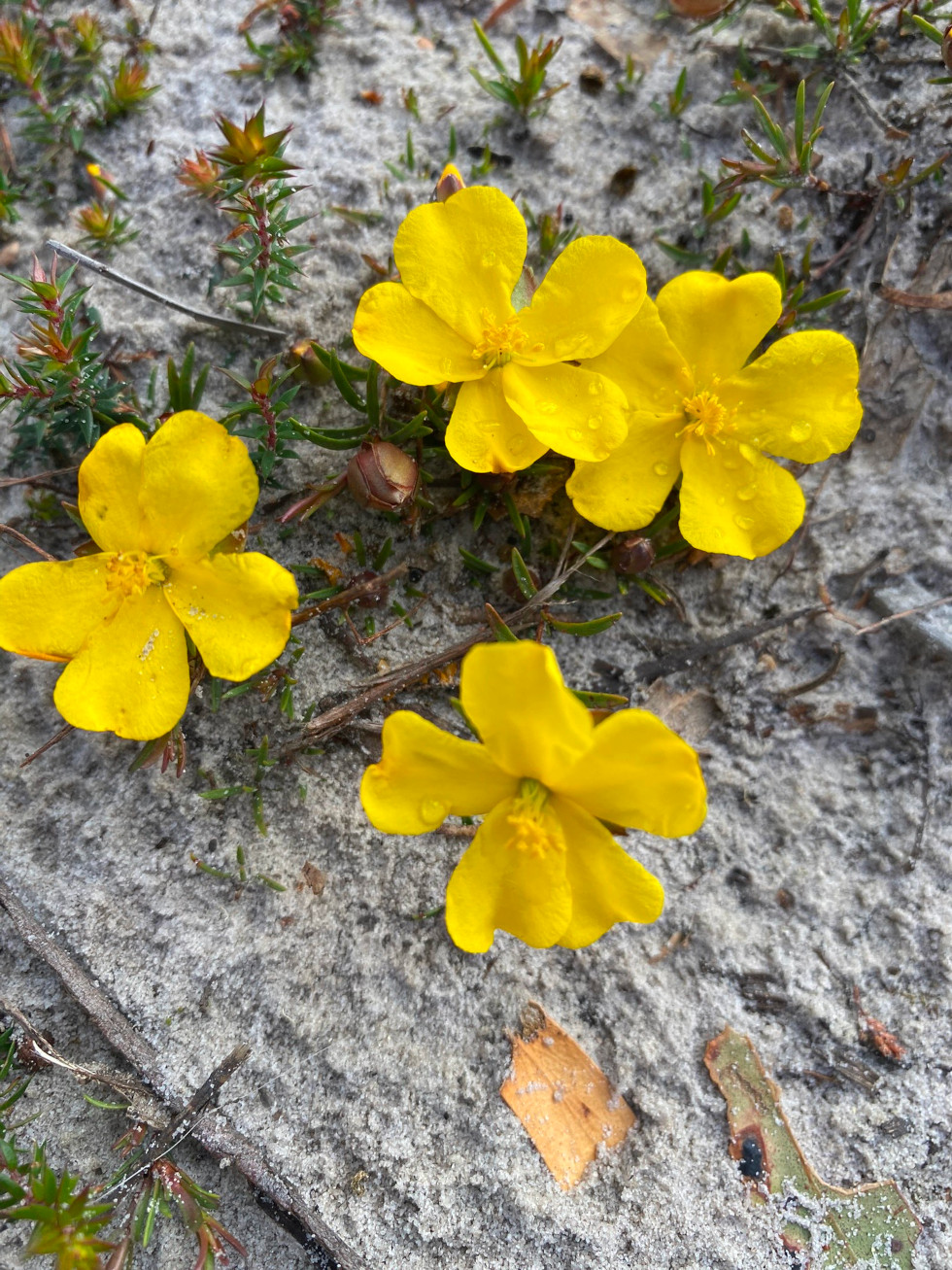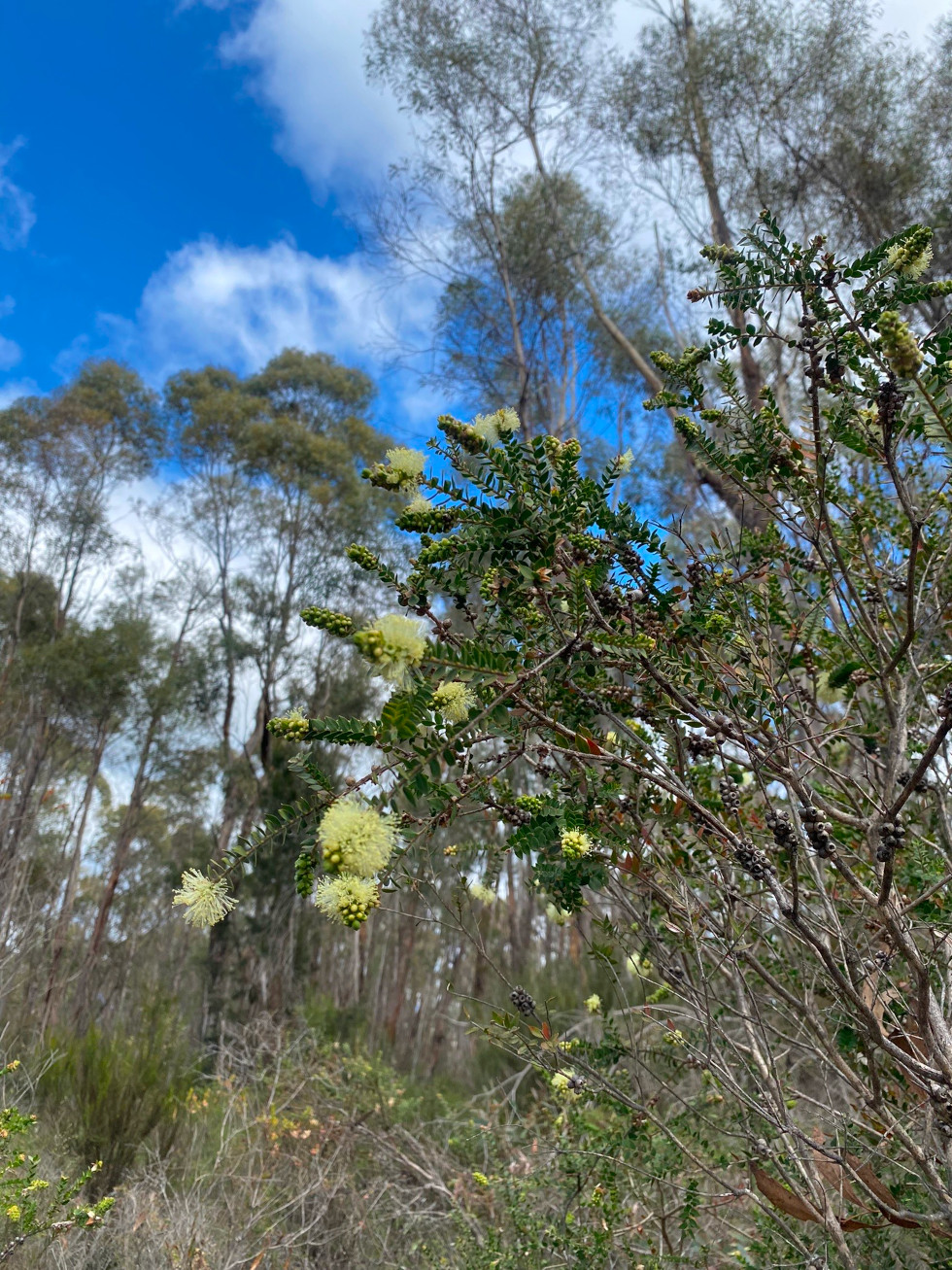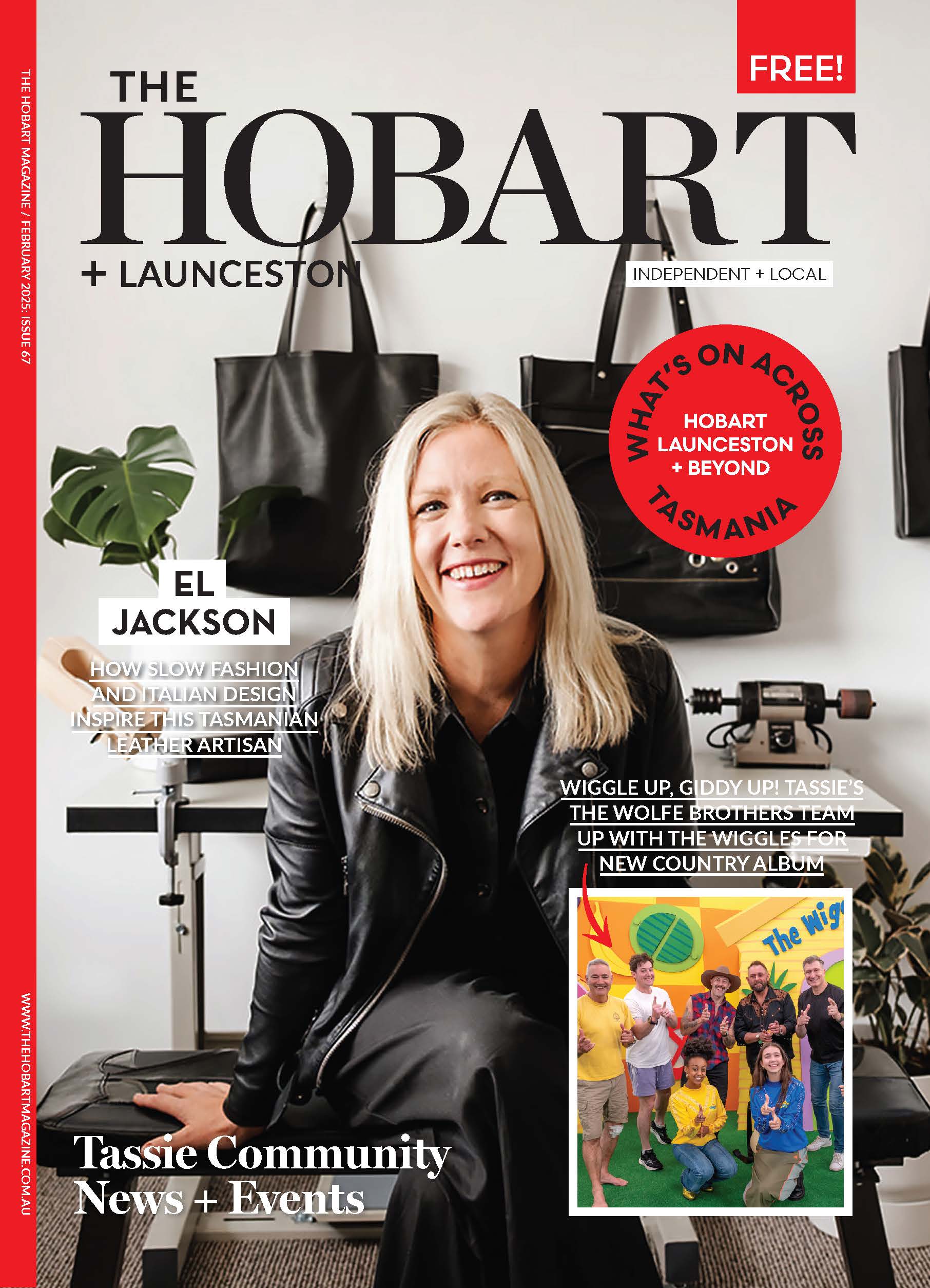Peter Murrell Nature Reserve
by Elizabeth Osborne

If you enjoy a tranquil walk on sandy terrain, an abundance of wildflowers, scenic ponds, and maybe even a sighting of an elusive forty-spotted pardalote or an eastern barred bandicoot, then head for the Peter Murrell Reserve. The 260-hectare Reserve stretches behind Kingston, Tinderbox and Blackmans Bay, with access points in these suburbs. It is a 20-minute drive south from Hobart.
Our group of social walkers drove in from Huntington Avenue to the large parking bay at the Peter Murrell Conservation Area, adjoining Penrhyn Pond. We stopped at a Tasmania Parks and Wildlife Service (TPWS) sign that mapped the trails criss-crossing the reserve to choose our route for the day. We decided to follow fire trails and nature trails, avoiding horseriding areas that circle the perimeter.
We walked along the Penrhyn Pond track. An avenue of white gums was reflected in the still pond waters. The trail took us to Coffee Creek, which feeds into Heron Pond. This area has been identified as a forty-spotted pardalote habitat. We trod quietly, hoping to see the tiny pardalotes. The air was full of bird calls. We could see birds high in the canopy, but too far above us to be certain of their identity.

We followed Coffee Creek Fire Trail to Sandflats Fire Trail, turning onto Middle Fire Trail to reach the Howden Fire Trail. Here, we diverted onto one of the narrow nature tracks that thread through the woodlands and heathlands. We turned from the distant views of the mountain chain that culminates at Mount Wellington, to survey the surrounding bush. Native flowers were everywhere in the sandy terrain, a veritable wildflower garden.
The sweet perfume of prickly box followed us as we admired flowering pink and white heath, fluffy pom poms of purple melaleuca, yellow callistemon, paper daisies, and dainty white leucopogon. The highlight was the delicate beauty of tiny pink caladenia orchids.

As we enjoyed our lunch, we were entertained by a pair of currawongs concentrating on their lunch in the bark of a young white gum, bending the slender branches as they foraged. Evidence of a healthy bandicoot population was everywhere in the myriad holes in the sandy soil. Frogs croaked in nearby ponds. We were immersed in quiet bushland immediately adjacent to the busy life of the southern suburbs.

